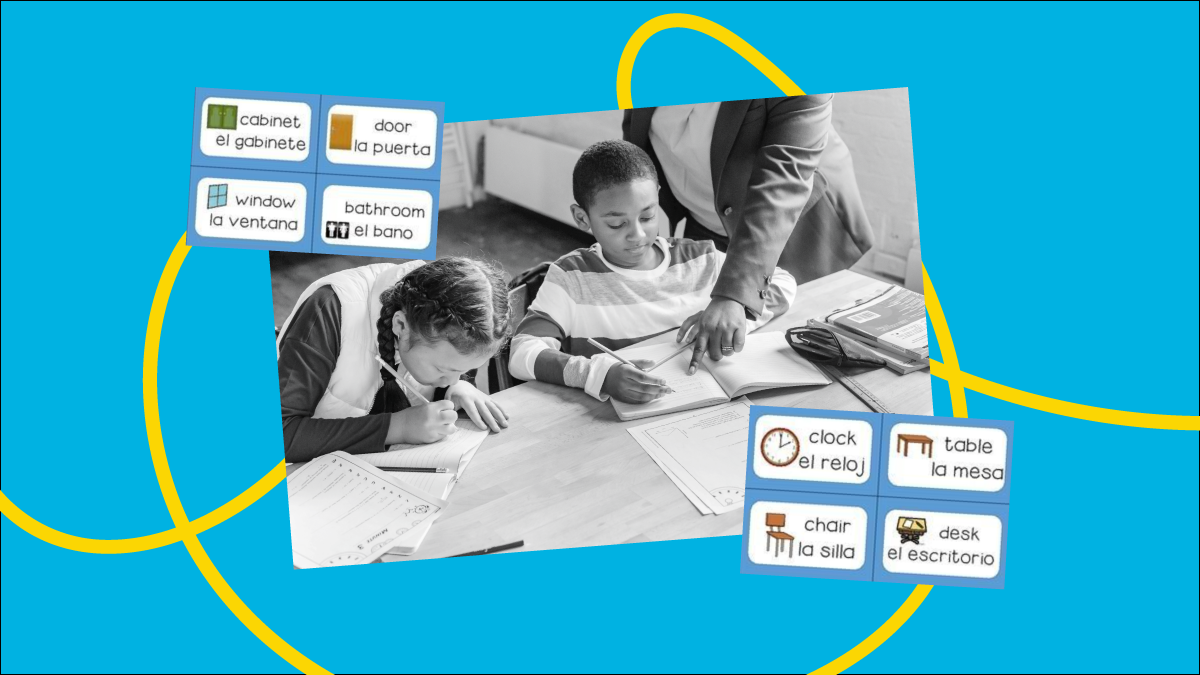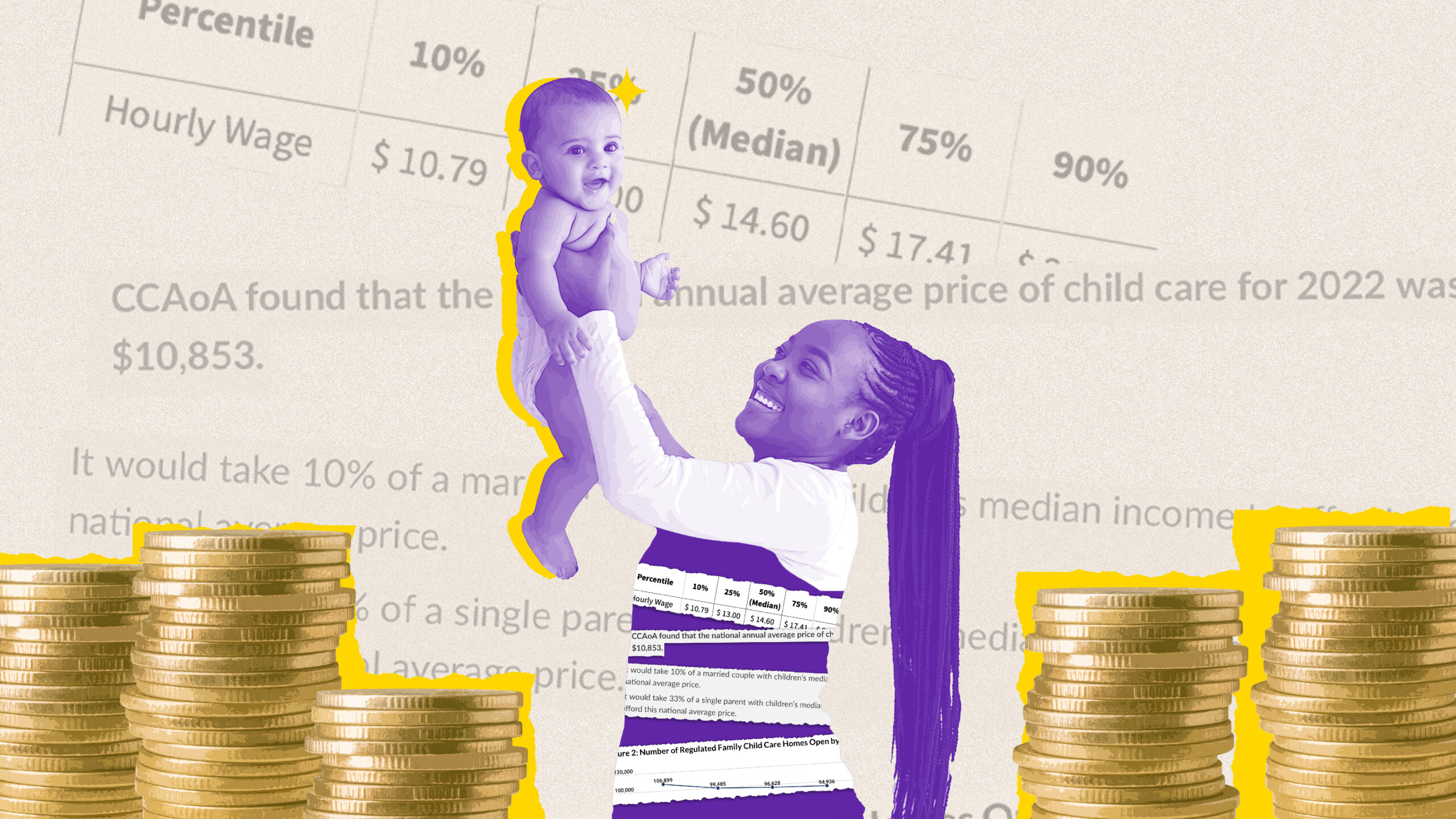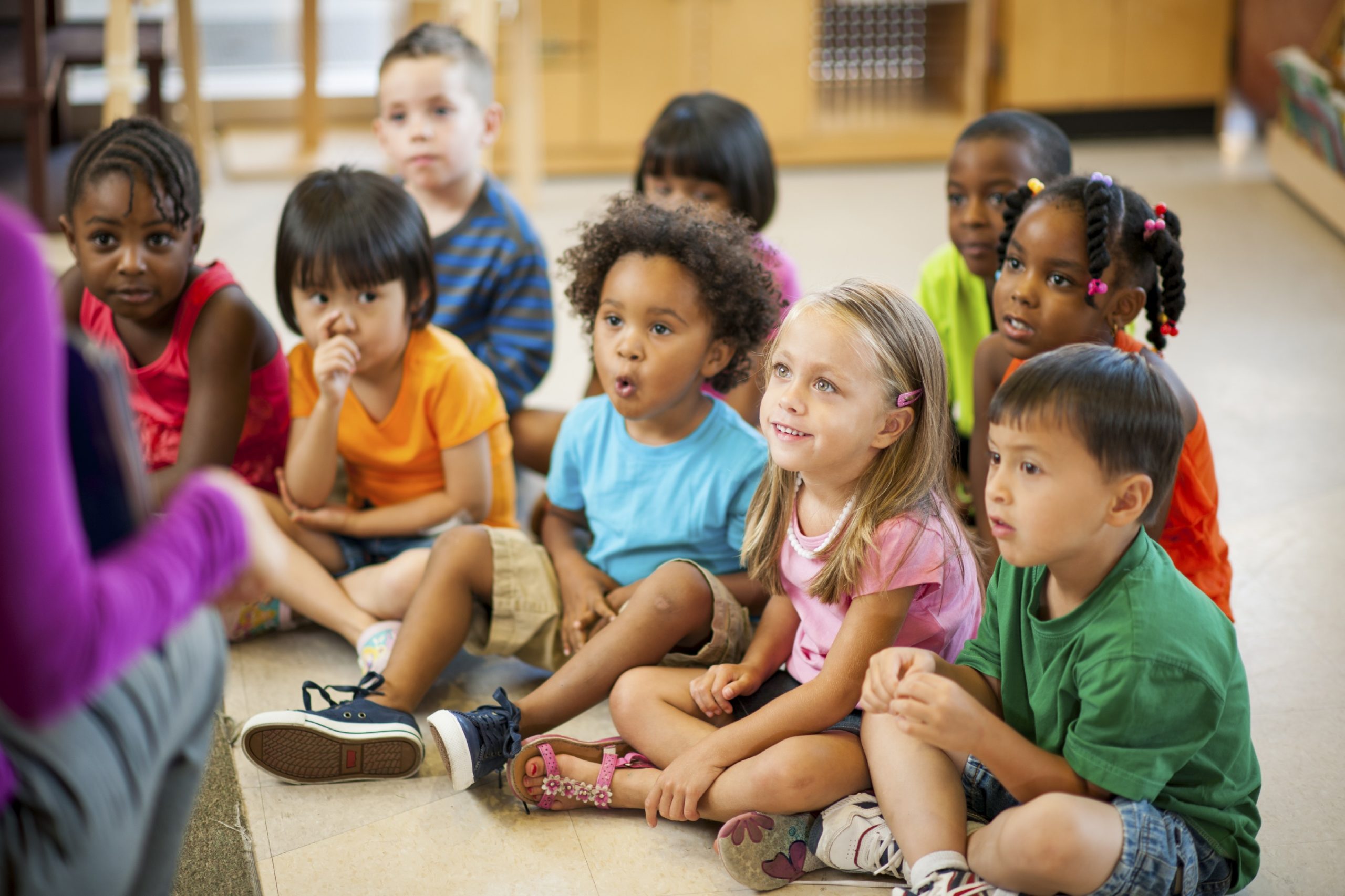Abortion rights, women of color, and LGBTQIA+ people are under attack. Pledge to join us in fighting for gender justice.
Want More Inclusive Classrooms? Encourage Linguistic Diversity Starting in Early Education
My first year of kindergarten was defined by the sharp difference between my experience at home and in the classroom. At home and with my caregivers, I was a chatterbox. But my classroom wasn’t a space where I could openly share about my weekends or my obsession with the Mario Party video game, because during the first five years of my life, Spanish was all I knew. The classroom felt foreign because English was the predominant language, and the use of my native language was discouraged.
Even though my parents had immigrated to the United States, I felt strongly connected to my Honduran heritage because Spanish was a bridge to exploring the different facets of our culture and history from afar. Yet, throughout the course of my elementary education, even while attending majority Latine schools, my peers and I were immersed in an environment that didn’t accommodate for our home languages. While linguistics research suggests that language impacts the way we see and experience the world, the United States, despite lacking an official language, has boxed itself in by situating English as the language of power and prestige.
The suppression of linguistic diversity is a deeply rooted practice in the United States—from colonial times, when European enclaves were discouraged from using their mother tongues, to the ongoing repression of Native American languages and cultures, and even today, with Proposition 203 in Arizona being used to attack dual language learning (DLL) programs across the state. These are just a few examples of the countless times when racist ideology has positioned English proficiency not only as a measure of intelligence and academic achievement, but also as a defining characteristic of American identity. For the 27% of children under 6 who have at least one parent who speaks another language, English-only pedagogy can perpetuate a negative perception of the mother tongue, facilitating a detrimental language loss, creating unsupportive learning environments, and deterring children from connecting with their heritage.
By the third grade, my teachers gleefully shared with my parents and I that I had tested out of my school’s English as a Second Language (ESL) program. While this was an achievement that helped my family because I could translate for them, it also marked a clear shift in making English the language I would be most comfortable in, dubbing me the nickname “Chatty Cathy” in the fourth grade by teachers. My mother tongue’s development was put on the back burner, and Spanish was now confined to the four corners of my home.
Despite linguistic pushback, the Latine community continues to proudly advocate for Spanish. 91% of parents believe it is essential for their children to have a multilingual and multicultural education during early childhood. Across the United States, 88% of Hispanic adults say it is important for future generations of Hispanics living in the United States to be able to speak Spanish. Yet, the language is increasingly less used among later generations of Hispanic parents with their children.
While language isn’t a definitive marker of your cultural identity, preserving your heritages’ language can help maintain cultural connections, offer cognitive benefits, and expand career opportunities. Language also serves as a form of resistance toward the long history of U.S. law and movements that suppress multicultural identities and force assimilation. Worldwide, the erasure or imposition of languages has often been a tool of colonialism and imperialism. By maintaining the use of Spanish, I challenge the dominance of English as the “correct” language. My mother tongue reflects the multiculturalism of being a U.S.-born Honduran, representing the diverse linguistic nuances and the long history of language evolution among my ancestors.
When I look at the growing linguistically diverse population, I am hopeful for an educational system that makes us visible by providing us the choice in learning and developing our multilingual skills starting in the first years of our lives. Incorporating students’ native languages into classroom instruction enriches their metalinguistic awareness, enhances their understanding of academic content, and strengthens their self-esteem. Achieving these inclusive early learning environments for young children and their families requires robust and sustained investments from the federal government. I encourage you to urge our legislators to advocate for federal investment in expanding early learning and care, because it can expand opportunities that celebrate and encourage linguistic diversity.




